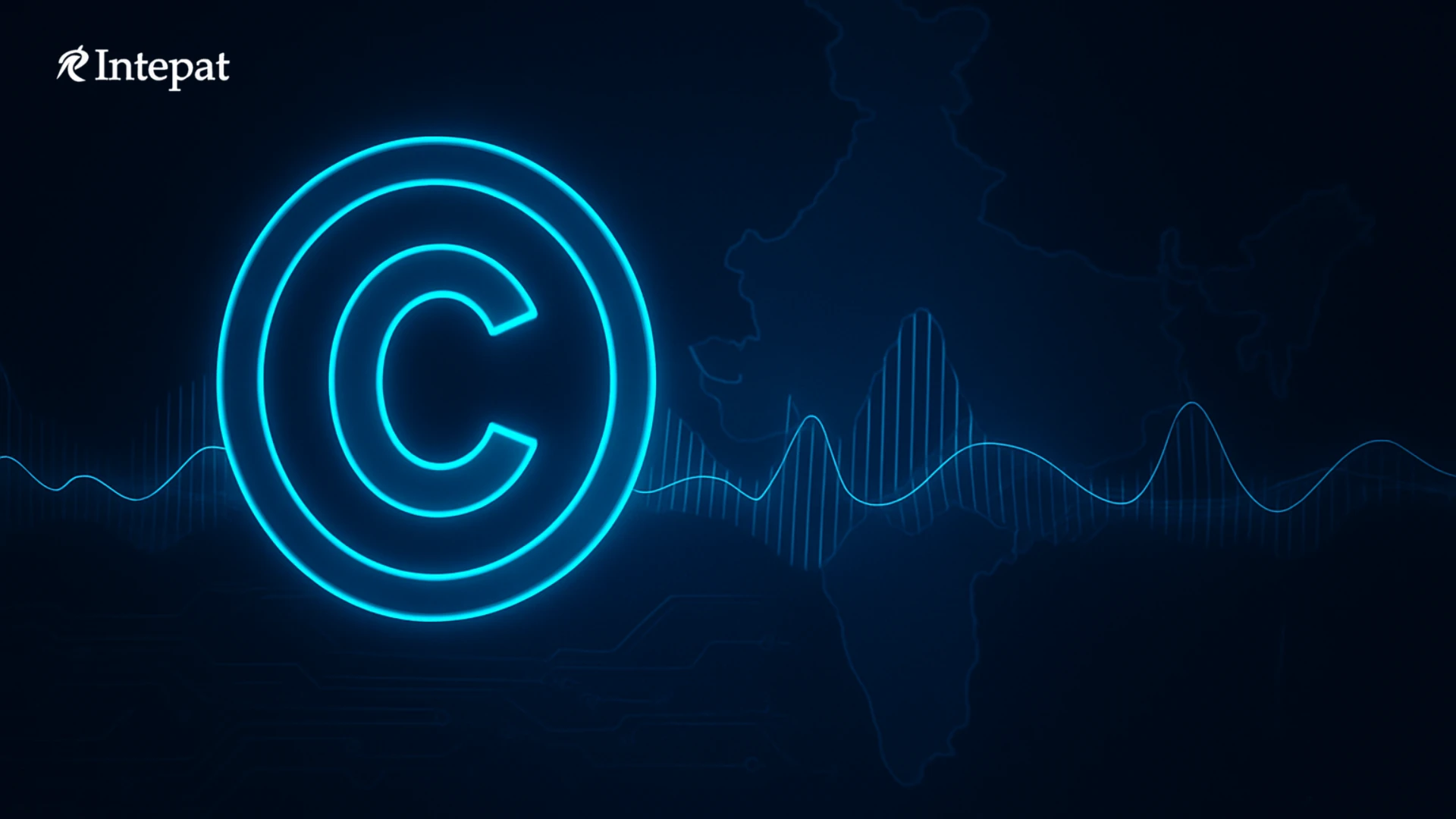
Adapting to the Digital Age: The New Role of Copyright Societies in India
The advent of the digital era has radically transformed the creation, distribution, and consumption of creative works. With streaming platforms, social media, and digital content-sharing becoming dominant, traditional methods of copyright management face increasing limitations. Copyright societies, which once operated within a well-defined framework of radio, television, and public performances, are now confronting the challenge of managing rights across complex, global, and fast-moving digital ecosystems.
In India, copyright societies are governed under the Copyright Act, 1957. These organisations are crucial in ensuring that authors, composers, performers, and publishers receive fair compensation when their works are used commercially. However, with the rise of digital platforms and cross-border content usage, these societies must evolve both technologically and legally.
Under Sections 33 to 36A of the Copyright Act, 1957, copyright societies are registered entities authorised to collectively administer rights on behalf of their members. Their primary functions include:
Prominent societies in India include:
These societies are obligated to operate with transparency, fairness, and compliance with government regulations. Yet, as content use becomes more digital and global, managing rights effectively under traditional frameworks becomes increasingly difficult.
The digital revolution has fundamentally altered the way content is used and monetised. Challenges faced by copyright societies in this evolving landscape include:
One of the most notable examples was the suspension of IPRS’s registration in 2013 over alleged mismanagement and non-compliance. After overhauling its internal systems and ensuring transparency, IPRS was re-registered in 2017, illustrating both the regulatory scrutiny and the potential for reform.
Technology offers promising solutions to streamline the work of copyright societies and improve transparency with the shift towards digital streaming:
Blockchain technology enables the creation of immutable ledgers that record ownership, licensing, and usage of works. Its implementation can lead to:
Projects like Mycelia by artist Imogen Heap and Blokur, a global registry for music rights, have demonstrated how blockchain can transform music rights management globally.
AI tools can detect unauthorised usage of content, automate metadata tagging, and forecast royalty earnings based on trends. YouTube’s Content ID system is a prime example, allowing rights holders to track and monetise their content globally.
Using international metadata standards like the ISWC (International Standard Musical Work Code), similar to ISBN for books, ensures consistent recognition of works across jurisdictions and platforms. Copyright societies that align with global standards are better positioned to manage digital rights and cross-border royalties. When metadata is standardized, it becomes much simpler to identify works, track their usage internationally, and ensure that royalties are correctly attributed and distributed across different territories.
While the Copyright Act, 1957 provides a foundation, it lacks provisions tailored to digital realities. Key areas for reform include:
Legal frameworks must keep pace with innovation to ensure equitable treatment of creators and facilitate the growth of the digital content economy.
The future of collective rights management in India rests on the ability of copyright societies to evolve into tech-driven and digitally aligned institutions. Embracing automation, artificial intelligence, and blockchain will be critical for managing licensing operations and royalty disbursements more effectively.
To remain relevant in the digital environment, copyright societies must also build specialised departments that focus on digital content licensing. These departments would enable more accurate tracking of online content use and foster better relationships with digital service providers.
Equally important is the need to operate as transparent and accountable institutions. Timely royalty payments, open communication with members, and publishing annual reports on collections and distributions will help build trust and reinforce legitimacy. Copyright societies should also actively engage with international organisations and collaborate with platforms, creators, and other stakeholders to enforce rights more effectively and share best practices.
The government, for its part, can facilitate this evolution by creating policies that incentivise digital compliance. Investment in digital infrastructure and support for capacity-building initiatives can equip societies and rights holders to participate more effectively in the digital economy. Training programs focused on digital licensing, data analytics, and international copyright standards will also help creators and administrators stay informed and competitive.
As India’s creative economy grows, the evolution of copyright societies is essential. These societies must reinvent themselves to manage the intricacies of digital content while protecting the rights and revenues of creators. A collaborative approach involving legal reform, technological innovation, and international cooperation is the way forward. With a strong and adaptive collective management system, India can empower its creators, boost its cultural economy, and ensure fair access to the global digital content landscape.
In the digital age, effective copyright management is not just about protecting works, but about creating an ecosystem where creativity thrives through fairness, innovation, and accountability.
Written by Varshika, Legal Intern at Intepat IP